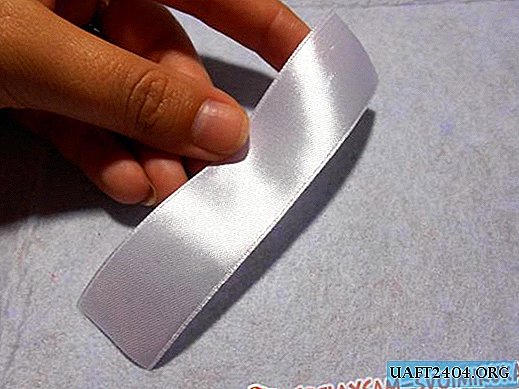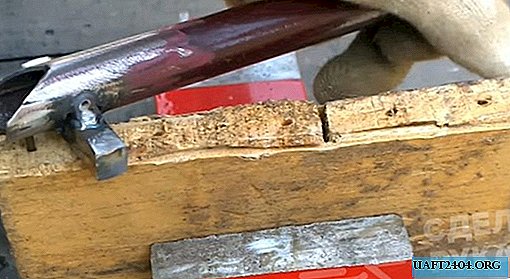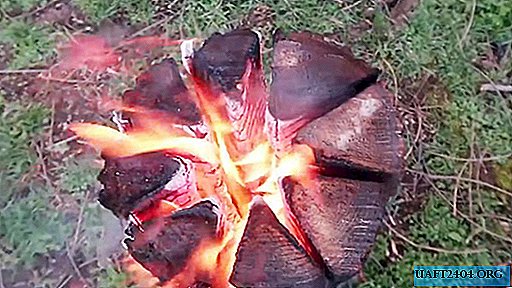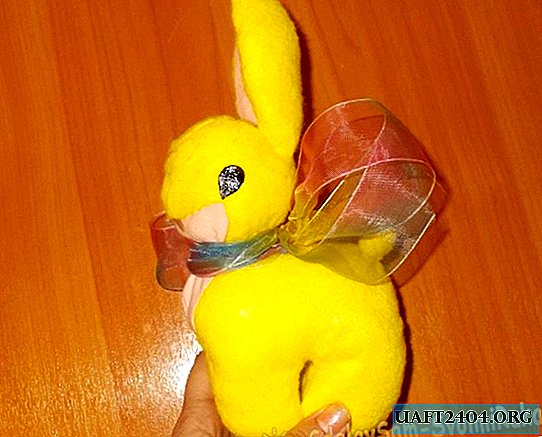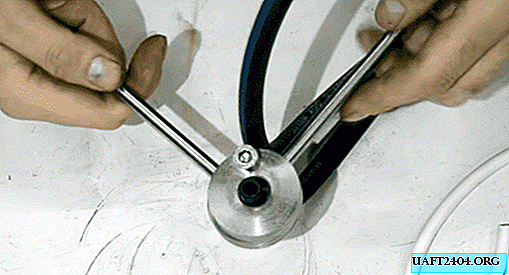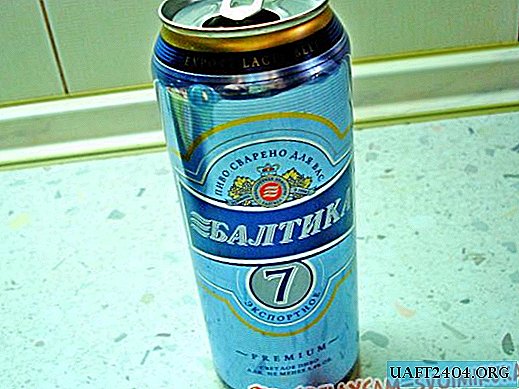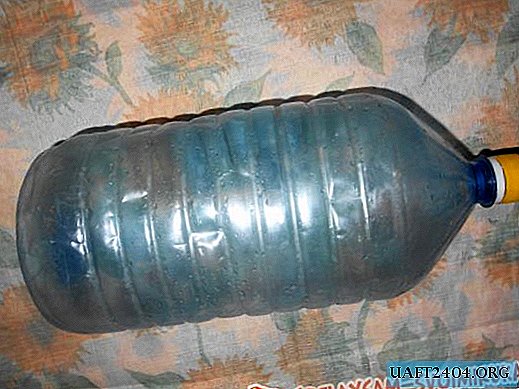Share
Pin
Tweet
Send
Share
Send
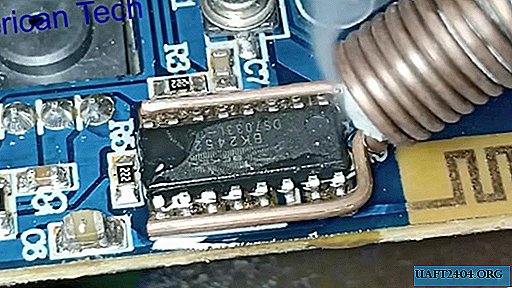
Surface mount electronic components, unlike traditional radio components, do not have flexible leads. Passive elements are made in the form of a cylinder or parallelepiped with metallized ends. In microcircuits, where there are many conclusions, the electrodes are short and rigid, they can not be bent.
To remove the soldered SMD part from the board, it will not come out to heat with a soldering iron and separate each pin in turn to bend it from the contact pad. Therefore, the place of soldering is blown with hot air from the hair dryer, heating all the leads simultaneously until the solder melts and the part is released. If it turned out that at the right moment there is no hairdryer with you, you can, as a temporary measure, use a homemade nozzle installed on the tip of any soldering iron.
Materials and Tools
The fixture is made with conventional tools. You will need:
- soldering iron;
- pliers;
- nippers;
- tweezers.
The materials used are often used in ordinary practice and it will not be difficult to get them:
- Copper wire without insulation, with a diameter of 1 ÷ 2 mm. If there is a choice, it is better to take a stiffer one so that it retains the shape of the bend.
- Thermal grease laid on the sting before winding promotes heat transfer.
- Liquid or gel inactive flux applied to the contacts before soldering will improve the uniformity of heating and heat distribution. Dissolves the formed oxide.
- Lead-tin solder wire. It will help to distribute the heat, making it the same, between a large number of conclusions.
Nozzle making
Apply a little thermal paste to the tip of the tip, gently distributing it evenly in the area where the turns of the nozzle will be laid. The layer thickness is approximately equal to half the diameter of the wire used.

Take the copper wire and place it across the sting at the start of winding.

Make 2 ÷ 3 turns with the near end of the wire, recessing them with thermal paste and tightly laying towards the end of the sting.
Lay the far end of the wire across the initial winding, and then continue laying the turns with the proximal end, tightly clamping the wire to the sting.
After making another 5–6 turns, the near and far ends of the wire are twisted tightly together several times. Dense coiling will securely attach the nozzle to the tip. All turns should be immersed in the paste.
Cut the ends of the resulting slingshot with pliers, leaving a length of 5 mm from the fork.

To give pliers a fork-like shape with pliers with a distance equal to the length of the element between the metallized platforms.

Dismantling of resistors, capacitors, diodes
Using a stick, apply a small amount of flux to the pads.

Touch the pads of the part with the copper ends of the nozzle bent to the required distance.

The flux begins to boil with a slight smoke emission, the solder melts, releasing the conclusions.
With tweezers, remove the soldered part from the board.

We also solder all other components of the appropriate dimensions.

Chip desoldering
Elements with a large number of conclusions are soldered with a nozzle made according to the same principle, but the horns are cut off by the distance between the extreme contacts in a row. The size and shape of the plug depends on the particular chip.



The 8-pin chip is soldered with a plug of its kind.


Pouring molten wire solder between the terminals, will ensure uniform heat distribution and the same heating of all contacts.

The chip is freely removed from the board after melting the solder.

Melted excess solder is removed from the pads.
By changing the dimensions of the plug, the microcircuit with 16 pins is soldered. The procedure is as described.
The dismantling of a case with 42 legs is similar.
For the manufacture of devices we take a thicker wire, for a more distant distribution of heat.


And using the same technology we solder.



The findings of the circuit in a square case with 26 contacts on each side are lubricated by flux.
Instead of the shape of the plug, the wire antennae of the desired length bend to form a square frame and the procedure is repeated.



Thermal Paste Replacement
Thermally conductive paste works at temperatures up to 250 degrees Celsius. Overheating, it dries, loses its properties and does not transfer the heat of the tip to the nozzle. After soldering 2 ÷ 3 parts, the plug heats poorly.
- If it is necessary to continue dismantling, remove the used nozzle.
- Wipe the sting from the dried paste, apply a fresh portion.
- To put on a sting a new nozzle, which can be made in advance.
Recommendations for use
As a liquid flux, it is convenient to use a home-made solution of one part of dusted pine rosin in three parts of medical alcohol.
Rapid burnout of the flux with heavy smoke indicates too much heating of the soldering iron.
It is necessary to remember the rules for working with a hot soldering iron in order to avoid electrical injuries or burns, to ensure the ventilation of the room.
Share
Pin
Tweet
Send
Share
Send

